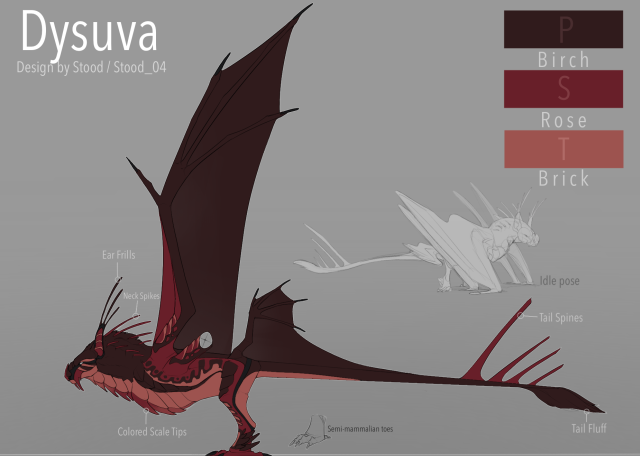Viridik Mac OS
Mac OS Adds Early Support for VirtIO, Qemu In a new development uncovered by Qemu developer Gerd Hoffmann, Apple has apparently added early support for VirtIO and framebuffer graphics in a later Mac OS Mojave release. These new Mac OS drivers (kexts) include support for stdvga and cirrus vga, to what extent still isn’t clear. Virtualising OS X/macOS Virtual machines are great. We use them for debugging, compatibility testing, isolation, and as a substitute for multi-booting. Your virtual machine is running a full version of the Windows operating system on top of the main macOS on your Mac, so your Mac is going to need plenty of memory and processor power in order to.
In a new development uncovered by Qemu developer Gerd Hoffmann, Apple has apparently added early support for VirtIO and framebuffer graphics in a later Mac OS Mojave release.
These new Mac OS drivers (kexts) include support for stdvga and cirrus vga, to what extent still isn’t clear. What will probably be more interesting for passthrough users, though, is the addition of virtio-blk for disk passthrough and virtio-9p for drive sharing.
Consider supporting us if you value independent tech news and research. This site will always be free of ads and sponsored content.
Mac OS Virtio is Here
In Hoffmann’s testing, both work with a little tweaking. He states that the virtio-blk driver only works in legacy mode, and the 9p share just needs to be mounted.
Clearly further testing is going to be needed to work out best practices and methodology, but it’s an extremely encouraging sign for those using Mac OS VMs daily.
Once we work out exactly how to support these features, it will mean better disk performance and more seamless host-guest communication.
Mac-OS-SimpleKVM maintainer Foxlet observed that this may be due to the re-introduction of rack mount mac pros, which would make perfect sense.
The high-spec models will be more than capable of advanced virtualization, so Apple is probably doing what they can to support that endeavor for customers. It may not be their intention, but this might also vastly improve quality of life for Hackintosh OS X VM users as well.
It’s still early days, so we may very well see increased VirtIO driver support in future releases. Networking might even be on the table. In the meantime, all we can do is wait and hope that new kexts keep rolling in.
We’ll continue covering this as the situation develops, and hopefully have a method for leveraging these changes soon. In the meantime, if any tinkerers want to test VirtIO, please let us know how it goes on our discord or in the comments.
Images Courtesy Gerd Hoffmann
Consider Supporting us on Patreon if you like our work and want a say in what we cover and access to early content. If you need help or have questions about any of our articles, you can find us on our Discord. We provide RSS feeds as well as regular updates on Twitter if you want to be the first to know about the next part in this series or other projects we’re working on.
I’ve talked a bit about Horizon View the possibilities around Linux. However being a Mac user I felt that I shouldn’t neglect OSX in these theoretical talks. How about an OSX RDSH server and hosted desktop scenario, how would we do that?
Well theres a few ways this can actually be done right now, but it in the end it comes down to licensing and third party software.
Viridik Mac Os 11
If you want a simple RDS host on OSX so you can connect with thinclients, then AquaConnect is your friend. It will turn your OSX installation into an RDS host.
If you want a bit of a better experience and bandwidth savings, they have developed their own OSX specific remote display protocol named AAP, to replace RDP. Read more about it here.
If you want to run OSX in a virtual machine, then Apple will officially allow you to do it on Apple hardware. So here is a guide on how to do that with ESXi 5.5U2 patch 3 on a Mac Pro:
I don’t advocate licensing contravention, but for the sake of argument if you wanted to run OSX in a VM on ESXi 5 on non-Apple hardware, you need to do some additional steps. I suggest googling “ESXi 5 Mac OS X Unlocker” for more info.
Now getting back to other methods for providing OSX desktops. You can also perform netboots and run OSX from central locations. Here is some history on OSX netboot.
One thing you may have noticed from the link was the need for OSX Server. Officially that is true, but unofficially, it can be done using an OSX client OS. See the link below for more info:
Here is a more succinct, but less graphical description on how to do it:
So all of these brings you to very similar solutions to what you can achieve with other desktop operating systems for VDI.
You get session based computing with the ability to use multiple protocols.
You get thinclient boot functionality with local processing capability, or to connect to a server session.
There are load balancers for it as well.

The glue of it is orchestration. How to create the best workflow for automatically spawning instances and adding to the load balancers, then publishing that to a catalog.
Viridik Mac Os Download
I think this can all be done from Horizon View with very little modification to existing solutions and simple adding in the workflow. It will be a few years before we see this (if ever) as a packaged offering, specifically because of licensing not technological concerns.